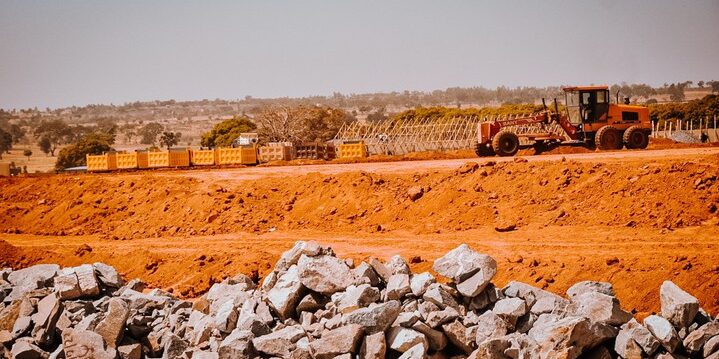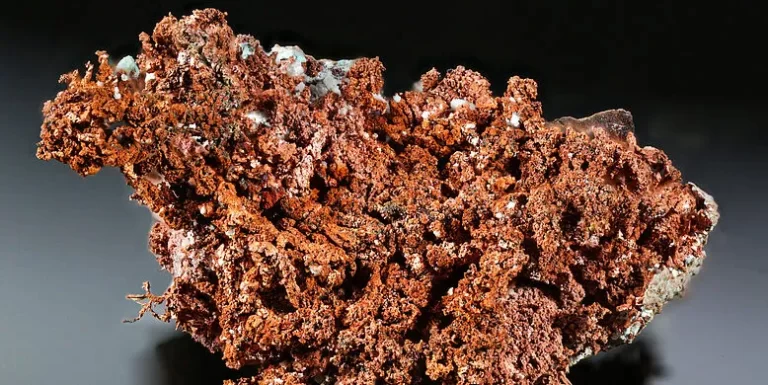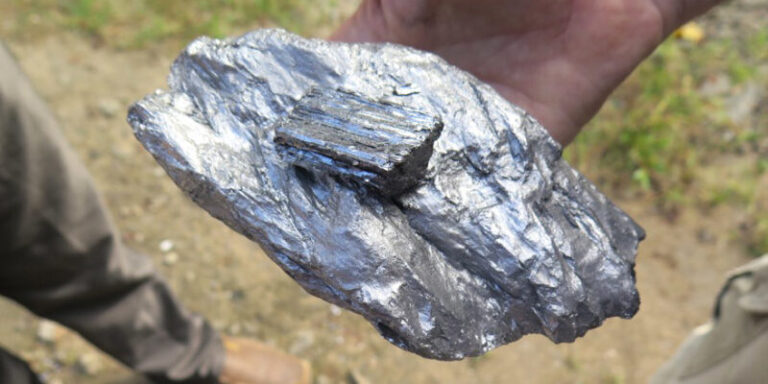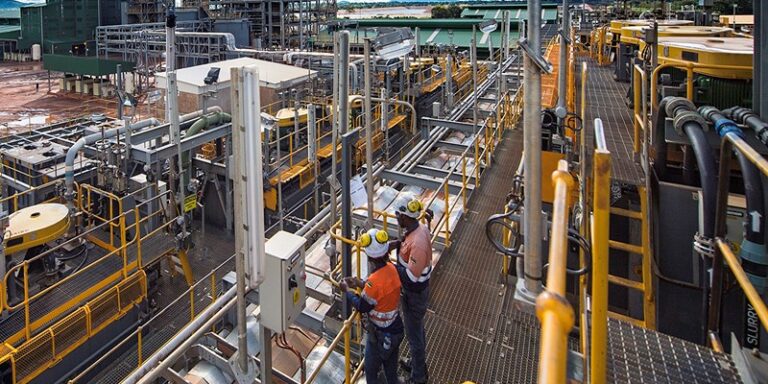
Lithium is a key metal used in electric vehicle batteries and is essential for the energy transition. Africa possesses considerable resources of lithium, amounting to 5% of the world’s total reserves. Here are the ten largest mines of this precious metal on the continent.
As the automotive industry shifts towards electric vehicles, lithium-rich African countries such as Zimbabwe and Namibia are poised to benefit from increased global demand.
Countries like the DRC and Zambia have also decided to invest in electric battery production. Nigerian authorities have recently granted concessions to the Canadian mining company Thor Explorations for the exploitation of this “green metal.”
African lithium is of particular interest to China and the United States, both of which are competing in this economic field.
Lithium production is expected to increase more than 30-fold by 2027, accounting for 12% of global supply.
Mali, the Democratic Republic of Congo, and Zimbabwe are among the African countries expected to become major producers of this metal in the years to come.
The African Top 10
Energy Capital & Power, the leading investment platform in the African energy sector, has compiled a list of the ten largest lithium mines in Africa.
- Arcadia Project, Zimbabwe: Located 38 km east of Harare, the capital, this project holds lithium reserves of 42.3 million tonnes, considered one of the world’s largest hard rock lithium resources. In 2022, the project was 87% acquired by the Chinese mining company Zhejiang Huayou Cobalt, which plans to invest around $300 million to build the mine and establish a processing plant with an annual capacity of approximately 4.5 million tonnes of ore. The goal is to produce up to 400,000 tonnes of lithium concentrate annually.
- Bikita Mine, Zimbabwe: This is the country’s primary site for lithium. Following its acquisition by the Chinese mining group Sinomine Resource Group, the construction of a dual lithium processing plant is expected to result in an annual production of up to 300,000 tonnes of spodumene concentrate, a silicate mineral, and 480,000 tonnes of petalite, another mineral in the silicate family.
- Blesberg Lithium and Tantalum Mine, South Africa: This mine contains between 250,000 and 400,000 tonnes of lithium and is owned by the mining company Marula Mining. The first shipment of lithium ore was undertaken in January 2023.
- Bougouni Project, Mali: With an estimated resource of 236,500 tonnes of lithium oxide, this project is expected to be developed as a conventional open-pit mine. A processing facility, being developed by the UK-based company Kodal Minerals, is currently in the design phase to process two million tonnes of lithium ore per year. Kodal Minerals signed a memorandum of understanding with the engineering and construction company Sinohydro in September 2020 to co-develop the project.
- Ewoyaa Project, Ghana: Destined to become Ghana’s first lithium-producing mine, this project has estimated mineral resources of 35.3 million tonnes. With production scheduled to begin in late 2024, the project is being developed by the Australian company Atlantic Lithium and is expected to have a lifespan of 12.5 years. With an initial investment of $125 million, it will use conventional open-pit mining methods.
- Goulamina Project, Mali: Located approximately 150 km from Bamako, the capital, this project is expected to produce 142.3 million tonnes of lithium oxide at 1.38% over 21 years. Developed and operated through a joint venture between the Australian mining companies Leo Lithium and the Chinese Jiangxi Ganfeng Lithium, the total capital cost of the project will exceed $320 million, targeting spodumene concentrate production in the first half of 2024.
- Karibib Project, Namibia: With a total estimated production of 773,000 tonnes of lithium over 14 years, lithium concentrate produced from the mine will be shipped to a planned chemical plant in the United Arab Emirates with an annual production capacity of 56,700 tonnes of lithium concentrate. The Karibib Project is owned and operated by the Australian company Lepidico.
- Manono Project, Democratic Republic of Congo: Operated by the Australian mining exploration company AVZ Minerals, this project is expected to produce approximately 700,000 tonnes of high-grade lithium per year over the 20-year mine life. The project is estimated to require an investment of about $545.5 million and targets a mineral resource base of 401 million tonnes of lithium oxide.
- Manono Tailings Project, Democratic Republic of Congo: The initial estimate of mineral resources for this project is 5.46 million tonnes. The project comprises 11 deposits and is expected to achieve production of 100,000 tonnes of concentrate for the international market by 2025.
- Zulu Lithium/Tantalum Project, Zimbabwe: Considered the largest undeveloped lithium site in Zimbabwe, this project includes 14 mining concessions covering an area of approximately 2.5 km2. Owned by the mining company Premier African Minerals, the project targets a presumed mineral resource of 526,000 tonnes of lithium carbonate equivalent. The mine began production in the first quarter of 2023 and will see the development of a pilot plant with an annual capacity of 50,000 tonnes by the Chinese research and development company Suzhou TA&A Ultra Clean Technology.
This significant increase in African lithium production is set to have a major impact on the global supply chain for electric vehicle batteries.





